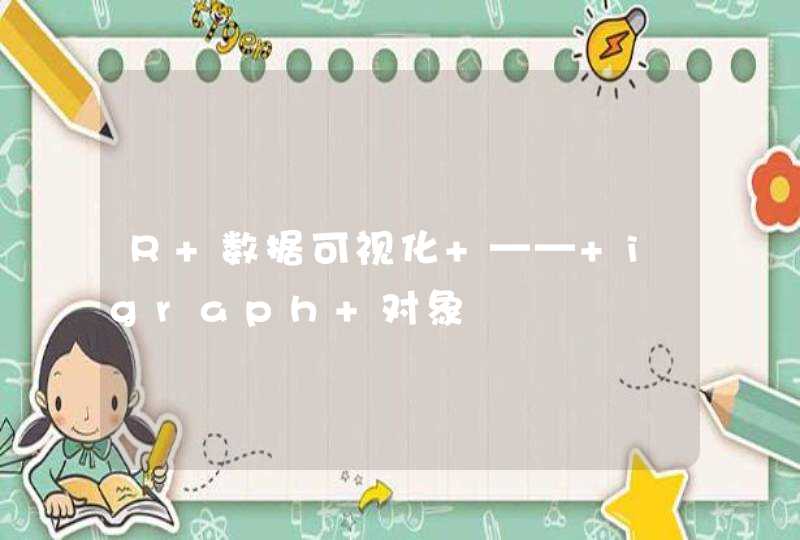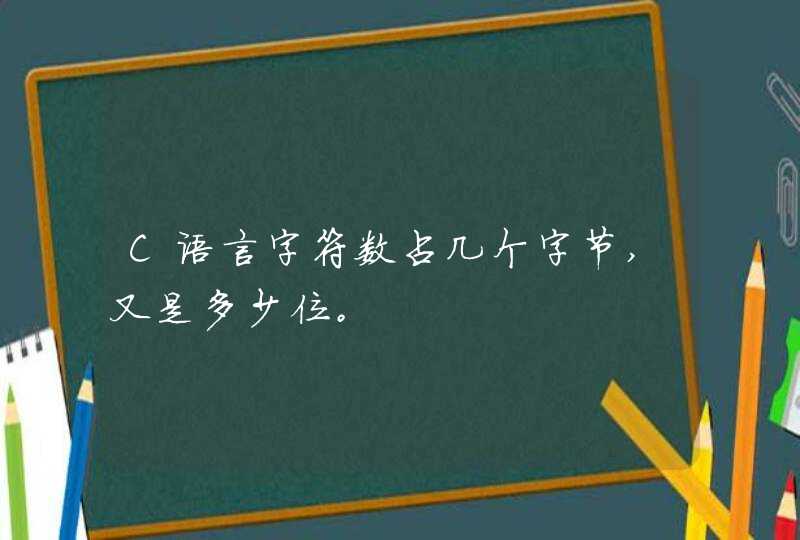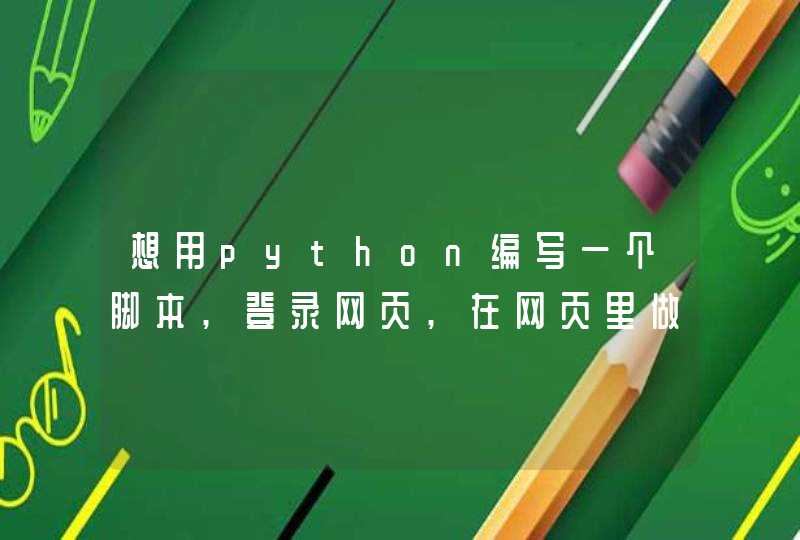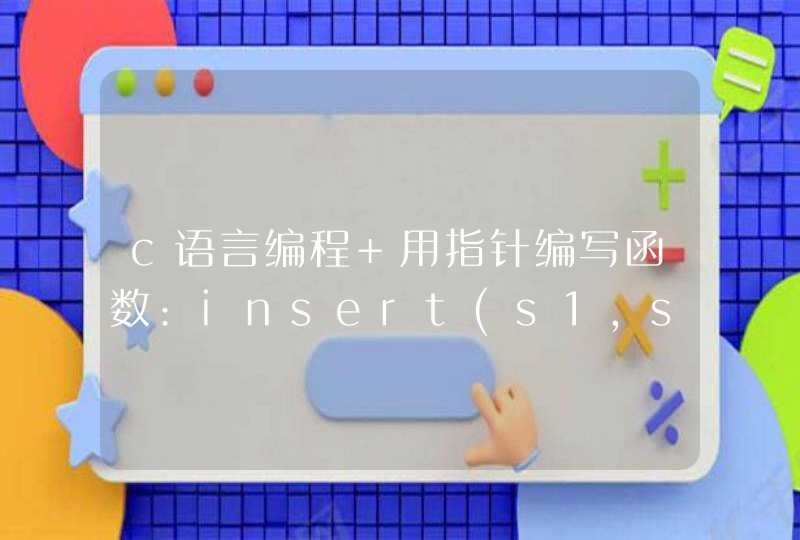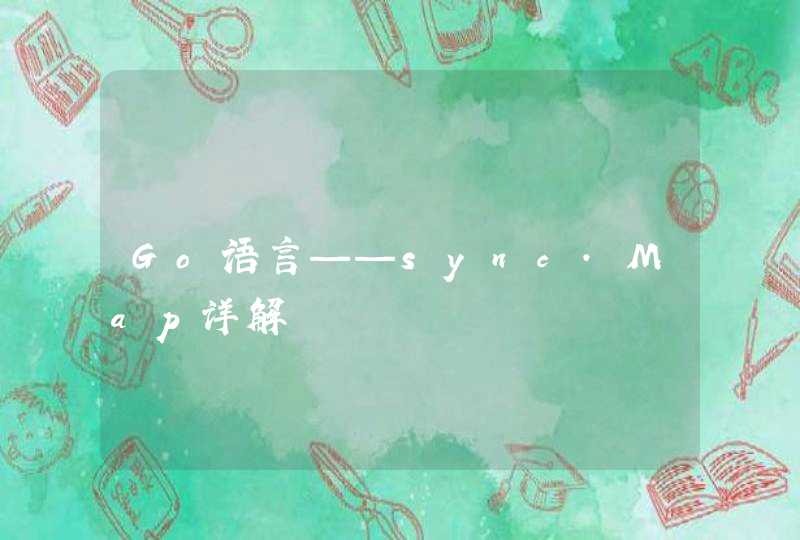
《Java遗传算法编程》百度网盘pdf最新全集下载:
链接: https://pan.baidu.com/s/1l6_14X1Yhcgv8kYwHqyY2g
?pwd=xv3v 提取码: xv3v简介:本书简单、直接地介绍了遗传算法,并且针对所讨论的示例问题,给出了Java代码的算法实现。全书分为6章。第1章简单介绍了人工智能和生物进化的知识背景,这也是遗传算法的历史知识背景。第2章给出了一个基本遗传算法的实现;第4章和第5章,分别针对机器人控制器、旅行商问题、排课问题展开分析和讨论,并给出了算法实现。在这些章的末尾,还给出了一些练习供读者深入学习和实践。第6章专门讨论了各种算法的优化问题。
通过遗传算法走迷宫。虽然图1和图2均成功走出迷宫,但是图1比图2的路径长的多,且复杂,遗传算法可以计算出有多少种可能性,并选择其中最简洁的作为运算结果。
示例图1:
示例图2:
实现代码:
import java.util.ArrayList
import java.util.Collections
import java.util.Iterator
import java.util.LinkedList
import java.util.List
import java.util.Random
/**
* 用遗传算法走迷宫
*
* @author Orisun
*
*/
public class GA {
int gene_len // 基因长度
int chrom_len // 染色体长度
int population // 种群大小
double cross_ratio // 交叉率
double muta_ratio // 变异率
int iter_limit // 最多进化的代数
List<boolean[]>individuals // 存储当代种群的染色体
Labyrinth labyrinth
int width //迷宫一行有多少个格子
int height //迷宫有多少行
public class BI {
double fitness
boolean[] indv
public BI(double f, boolean[] ind) {
fitness = f
indv = ind
}
public double getFitness() {
return fitness
}
public boolean[] getIndv() {
return indv
}
}
List<BI>best_individual // 存储每一代中最优秀的个体
public GA(Labyrinth labyrinth) {
this.labyrinth=labyrinth
this.width = labyrinth.map[0].length
this.height = labyrinth.map.length
chrom_len = 4 * (width+height)
gene_len = 2
population = 20
cross_ratio = 0.83
muta_ratio = 0.002
iter_limit = 300
individuals = new ArrayList<boolean[]>(population)
best_individual = new ArrayList<BI>(iter_limit)
}
public int getWidth() {
return width
}
public void setWidth(int width) {
this.width = width
}
public double getCross_ratio() {
return cross_ratio
}
public List<BI>getBest_individual() {
return best_individual
}
public Labyrinth getLabyrinth() {
return labyrinth
}
public void setLabyrinth(Labyrinth labyrinth) {
this.labyrinth = labyrinth
}
public void setChrom_len(int chrom_len) {
this.chrom_len = chrom_len
}
public void setPopulation(int population) {
this.population = population
}
public void setCross_ratio(double cross_ratio) {
this.cross_ratio = cross_ratio
}
public void setMuta_ratio(double muta_ratio) {
this.muta_ratio = muta_ratio
}
public void setIter_limit(int iter_limit) {
this.iter_limit = iter_limit
}
// 初始化种群
public void initPopulation() {
Random r = new Random(System.currentTimeMillis())
for (int i = 0i <populationi++) {
int len = gene_len * chrom_len
boolean[] ind = new boolean[len]
for (int j = 0j <lenj++)
ind[j] = r.nextBoolean()
individuals.add(ind)
}
}
// 交叉
public void cross(boolean[] arr1, boolean[] arr2) {
Random r = new Random(System.currentTimeMillis())
int length = arr1.length
int slice = 0
do {
slice = r.nextInt(length)
} while (slice == 0)
if (slice <length / 2) {
for (int i = 0i <slicei++) {
boolean tmp = arr1[i]
arr1[i] = arr2[i]
arr2[i] = tmp
}
} else {
for (int i = slicei <lengthi++) {
boolean tmp = arr1[i]
arr1[i] = arr2[i]
arr2[i] = tmp
}
}
}
// 变异
public void mutation(boolean[] individual) {
int length = individual.length
Random r = new Random(System.currentTimeMillis())
individual[r.nextInt(length)] ^= false
}
// 轮盘法选择下一代,并返回当代最高的适应度值
public double selection() {
boolean[][] next_generation = new boolean[population][] // 下一代
int length = gene_len * chrom_len
for (int i = 0i <populationi++)
next_generation[i] = new boolean[length]
double[] cumulation = new double[population]
int best_index = 0
double max_fitness = getFitness(individuals.get(best_index))
cumulation[0] = max_fitness
for (int i = 1i <populationi++) {
double fit = getFitness(individuals.get(i))
cumulation[i] = cumulation[i - 1] + fit
// 寻找当代的最优个体
if (fit >max_fitness) {
best_index = i
max_fitness = fit
}
}
Random rand = new Random(System.currentTimeMillis())
for (int i = 0i <populationi++)
next_generation[i] = individuals.get(findByHalf(cumulation,
rand.nextDouble() * cumulation[population - 1]))
// 把当代的最优个体及其适应度放到best_individual中
BI bi = new BI(max_fitness, individuals.get(best_index))
// printPath(individuals.get(best_index))
//System.out.println(max_fitness)
best_individual.add(bi)
// 新一代作为当前代
for (int i = 0i <populationi++)
individuals.set(i, next_generation[i])
return max_fitness
}
// 折半查找
public int findByHalf(double[] arr, double find) {
if (find < 0 || find == 0 || find >arr[arr.length - 1])
return -1
int min = 0
int max = arr.length - 1
int medium = min
do {
if (medium == (min + max) / 2)
break
medium = (min + max) / 2
if (arr[medium] <find)
min = medium
else if (arr[medium] >find)
max = medium
else
return medium
} while (min <max)
return max
}
// 计算适应度
public double getFitness(boolean[] individual) {
int length = individual.length
// 记录当前的位置,入口点是(1,0)
int x = 1
int y = 0
// 根据染色体中基因的指导向前走
for (int i = 0i <lengthi++) {
boolean b1 = individual[i]
boolean b2 = individual[++i]
// 00向左走
if (b1 == false &&b2 == false) {
if (x > 0 &&labyrinth.map[y][x - 1] == true) {
x--
}
}
// 01向右走
else if (b1 == false &&b2 == true) {
if (x + 1 <width &&labyrinth.map[y][x + 1] == true) {
x++
}
}
// 10向上走
else if (b1 == true &&b2 == false) {
if (y > 0 &&labyrinth.map[y - 1][x] == true) {
y--
}
}
// 11向下走
else if (b1 == true &&b2 == true) {
if (y + 1 <height &&labyrinth.map[y + 1][x] == true) {
y++
}
}
}
int n = Math.abs(x - labyrinth.x_end) + Math.abs(y -labyrinth.y_end) + 1
// if(n==1)
// printPath(individual)
return 1.0 / n
}
// 运行遗传算法
public boolean run() {
// 初始化种群
initPopulation()
Random rand = new Random(System.currentTimeMillis())
boolean success = false
while (iter_limit-- > 0) {
// 打乱种群的顺序
Collections.shuffle(individuals)
for (int i = 0i <population - 1i += 2) {
// 交叉
if (rand.nextDouble() <cross_ratio) {
cross(individuals.get(i), individuals.get(i + 1))
}
// 变异
if (rand.nextDouble() <muta_ratio) {
mutation(individuals.get(i))
}
}
// 种群更替
if (selection() == 1) {
success = true
break
}
}
return success
}
// public static void main(String[] args) {
// GA ga = new GA(8, 8)
// if (!ga.run()) {
// System.out.println("没有找到走出迷宫的路径.")
// } else {
// int gen = ga.best_individual.size()
// boolean[] individual = ga.best_individual.get(gen - 1).indv
// System.out.println(ga.getPath(individual))
// }
// }
// 根据染色体打印走法
public String getPath(boolean[] individual) {
int length = individual.length
int x = 1
int y = 0
LinkedList<String>stack=new LinkedList<String>()
for (int i = 0i <lengthi++) {
boolean b1 = individual[i]
boolean b2 = individual[++i]
if (b1 == false &&b2 == false) {
if (x > 0 &&labyrinth.map[y][x - 1] == true) {
x--
if(!stack.isEmpty() &&stack.peek()=="右")
stack.poll()
else
stack.push("左")
}
} else if (b1 == false &&b2 == true) {
if (x + 1 <width &&labyrinth.map[y][x + 1] == true) {
x++
if(!stack.isEmpty() &&stack.peek()=="左")
stack.poll()
else
stack.push("右")
}
} else if (b1 == true &&b2 == false) {
if (y > 0 &&labyrinth.map[y - 1][x] == true) {
y--
if(!stack.isEmpty() &&stack.peek()=="下")
stack.poll()
else
stack.push("上")
}
} else if (b1 == true &&b2 == true) {
if (y + 1 <height &&labyrinth.map[y + 1][x] == true) {
y++
if(!stack.isEmpty() &&stack.peek()=="上")
stack.poll()
else
stack.push("下")
}
}
}
StringBuilder sb=new StringBuilder(length/4)
Iterator<String>iter=stack.descendingIterator()
while(iter.hasNext())
sb.append(iter.next())
return sb.toString()
}
}
题目好像是让你做个增强版的List ,简单的都实现了 程序架子大概是这样,排序查找什么的百度搜下 算法很多,套着每样写个方法就行了,测试就在main‘方法里写
public class MyList {private String[] arr
private int count
public MyList (int count){
arr = new String[count]
this.count = count
}
public MyList (int[] intArr){
arr = new String[intArr.length]
this.count = intArr.length
for(int i=0i<intArr.lengthi++){
arr[i] = intArr[i]+""
}
}
public MyList (String[] stringArr){
arr = stringArr
this.count = stringArr.length
}
public int getLength(){
return count
}
//清空容器内的数组。
public void clearAll(){
arr = new String[count]
}
//通过给定元素下标来删除某一元素
public void removeBySeqn(int seqn){
if(seqn >= 0 && seqn<count){
arr[seqn] = null
}
}
public static void main(String[] args){
MyList list = new MyList (40)
MyList list1 = new MyList ({3,2,125,56,123})
MyList list2 = new MyList ({"123",""ad})
list2.removeBySeqn(0)
list1.clearAll()
}
}






